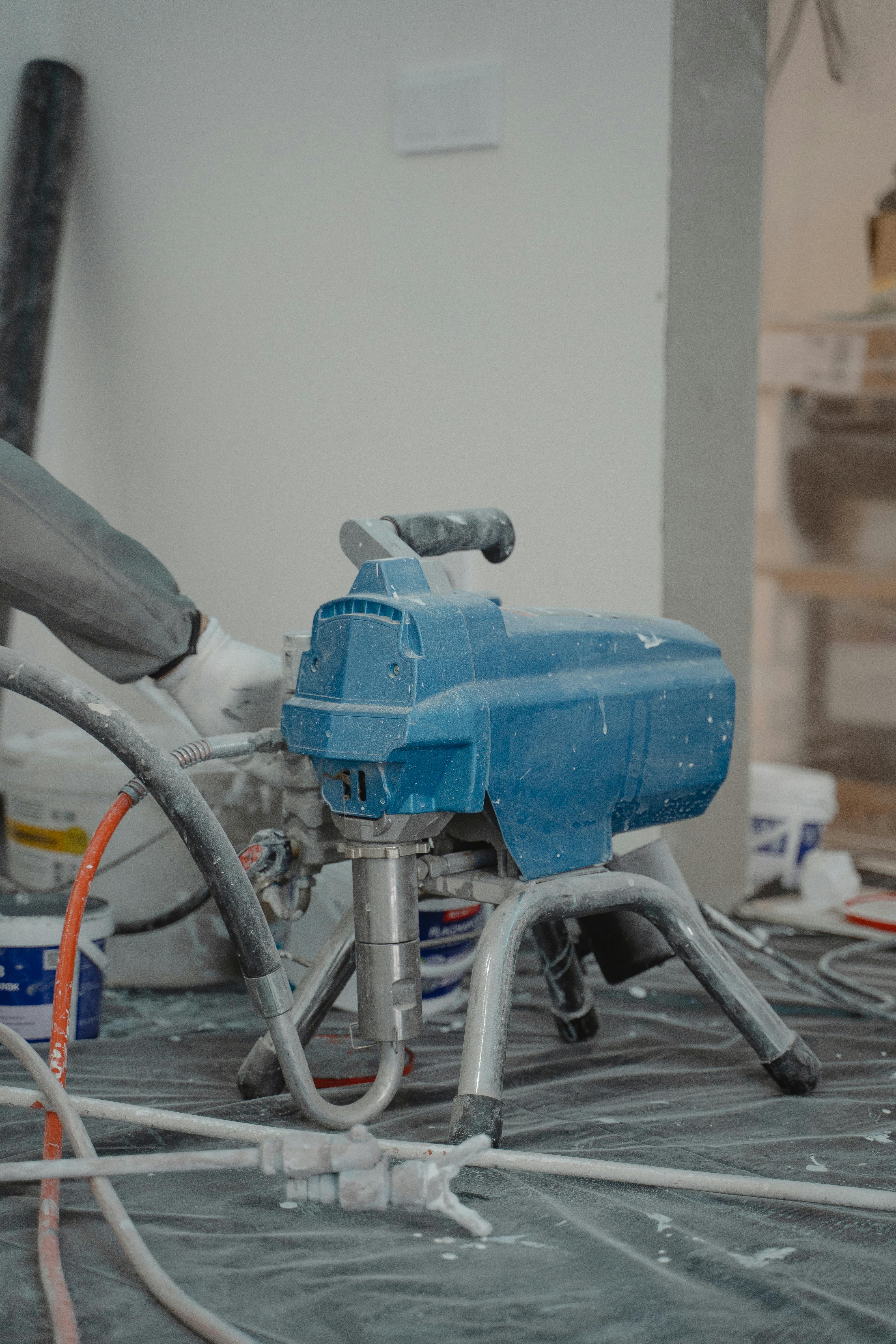Effective Ways to Optimize Your Trainingsplan Zuhause in 2025 – Get Started Now!
As we step into 2025, the significance of an efficient Trainingsplan Zuhause becomes increasingly apparent. Many people are discovering the convenience and effectiveness of training at home, focusing on methods that suit individual fitness levels while accommodating personal lifestyles. The right plan not only enhances your fitness journey but also optimizes your time and resources effectively.
This article explores the fundamentals of crafting a successful training plan at home, addressing the benefits of various Übungen for Körpergewicht, Muskelaufbau, and Ausdauertraining. We will delve into practical tips you can implement right away to improve Trainingseffizienz, helping you set achievable Trainingsziele that align with your lifestyle.
By following the insights contained in this article, you’ll gain a comprehensive understanding of how to navigate the diverse world of home workouts, from Flexibilität training to utilizing available Sportgeräte. You will also learn strategies to maintain high Trainingsintensität and motivate yourself consistently.

Essential Elements for an Effective Trainingsplan Zuhause
Building a solid foundation is crucial, ensuring that you are equipped to handle various workouts efficiently. An effective training plan must include specific components that address key attributes of physical fitness. Let’s explore these foundational elements that will guide you through maintaining a sustainable fitness routine.
Defining Your Fitness Goals
Setting clear and achievable Trainingsziele is the cornerstone of a successful fitness journey. Whether your aim is to lose weight, increase strength, or boost endurance, understanding your goals will help tailor your workouts accordingly. Taking the time to write down what you want to achieve provides clarity and can enhance your motivation.
A common mistake is setting vague goals. Instead, apply the SMART criteria (Specific, Measurable, Achievable, Relevant, Time-bound) to define your objectives. For instance, aim to complete three Cardio-Training sessions a week for half an hour each, rather than just saying “get fitter.”
Structuring Your Workouts
Developing a well-structured weekly schedule helps balance various types of workouts. This ensures that no muscle group is neglected and promotes overall fitness. Here’s an effective structure to consider:
- Monday: Krafttraining focusing on upper body
- Wednesday: Cardio-Training at moderate intensity
- Friday: Core-Training and flexibility sessions
This balance of strength, endurance, and flexibility training forms a holistic approach, promoting better Regeneration and muscle recovery while keeping your workouts enjoyable.
Choosing the Right Exercises
Select exercises that match your fitness levels and preferences. Incorporating both bodyweight exercises such as push-ups, squats, and lunges, along with equipment-based workouts like dumbbell training or resistance bands, provides variety. Here are some effective options:
- Bodyweight Exercises: Great for flexibility and muscle control.
- Strength Training: Utilizing dumbbells or resistance bands boosts muscle mass.
- HIIT Workouts: Ideal for improving cardiovascular fitness and calorie burn in shorter sessions.
These options, tailored to your interests, increase the likelihood of adherence to your training plan.
Techniques to Enhance Training Efficiency
Once you’ve established your foundational plan, exploring ways to maximize efficiency becomes vital. In this section, we’ll uncover techniques that streamline your workout sessions without compromising results.
Incorporating Interval Training
Interval training alternates between high-intensity bursts and low-intensity recovery periods. This method not only improves endurance but also increases the calorie burn, making your workouts more effective even within shorter durations. For example, try a 20-minute burst of Zirkeltraining that includes 30 seconds of intense push-ups followed by 30 seconds of rest.
Using Technology for Progress Tracking
Implement Fitness-Tracker technology to monitor your progress and keep you motivated. Fitness applications and wearables can provide insights into your routine, reminding you of your achievements and goals. Regularly review your data to stay aligned with your objectives and adjust your workouts needed.
Training with Others – Motivation Through Community
Consider joining a fitness community or engaging with friends for home workout sessions. Group dynamics can significantly enhance motivation and accountability. Online platforms also offer opportunities for Online-Fitness classes, allowing you access to professional guidance while sharing experiences with others.

Key Strategies for Sustainable Motivation
Maintaining consistent motivation for your home workouts requires strategic planning. This part of your training journey is crucial as it binds your goals with motivation, leading to success.
Creating a Routine
Your mindset and disposition toward your training could greatly benefit from a well-defined routine. Schedule specific times for your workouts, treating them as unmissable appointments. This structure promotes Selbstmotivation and reduces the likelihood of skipping sessions.
Incorporating Variety in Workouts
Monotony can kill motivation fast. Keep your workouts fresh and exciting by varying your exercises. Consider trying different workout styles each week like Functional Training or Calisthenics, introducing new challenges to maintain enthusiasm.
Celebrate Your Progress
Recognize your milestones, no matter how small, to boost your morale. Whether it’s completing a challenging workout or achieving a weight loss goal, rewarding yourself fosters positive feelings associated with training. Acknowledging your hard work lays the foundation for long-term commitment to your fitness plan.
Optimizing Nutrition to Complement Your Trainingsplan
A conducive Ernährungsplan is paramount to enhance the effectiveness of your workouts. Nutrition fuels your body, promoting recovery and helping achieve fitness goals faster. Understanding correct eating habits becomes integral, especially when training at home.
Balancing Macronutrients
Ensure your diet consists of a well-balanced distribution of carbohydrates, proteins, and healthy fats. This balance plays a vital role in sustaining energy levels, facilitating muscle repair, and promoting overall health. For example, consume lean proteins (like chicken or beans) after workouts to aid muscle reconstruction.
Importance of Hydration
Staying hydrated is fundamental, especially during intense workout periods. Hydration impacts performance, recovery, and overall well-being. A general guideline is to drink water regularly throughout the day and ensure you hydrate before, during, and after workouts.
Supplementing Your Diet Wisely
In some cases, dietary supplements may boost your overall nutrition to bridge potential gaps. Consult a nutritionist or a fitness expert to identify specific needs based on your individual goals and ensure that you only include safe options in your regimen.
The Future of Home Workouts: Trends to Look For
As we advance further into 2025, home fitness trends are evolving rapidly. Recognizing these trends can help keep your routine dynamic and engaging. This concluding section will highlight anticipated developments in the home workout landscape.
Emphasis on Mental Health
The relationship between fitness and mental well-being gains increasing focus. Expect more emphasis on Mindset für Fitness and the implementation of strategies that promote mental engagement during workouts. Techniques for Stressbewältigung durch Sport and Emotionale Intelligenz im Sport are likely to be more integrated into typical home routines.
Advent of Virtual Fitness Classes
With technological advancements, virtual classes are becoming commonplace. Access to expert trainers and unique workout formats from the comfort of your home can revolutionize your fitness experience. Engaging in diverse online courses on different Fitness-Plattformen will likely become a staple in your fitness agenda.
Customized Fitness Programs
Personalized workout plans based on individual fitness levels and goals will continue to rise in popularity. Expect improved tools for customization that allow for tailored Workout-Routine development, ensuring you achieve optimal results.
Q&A Section: Common Questions on Home Workouts
How do I stay motivated to work out at home?
Maintaining motivation can be achieved through setting clear goals, creating structured routines, and incorporating variety into your workouts. Joining a community can also provide accountability and encouragement.
What are the best home workout exercises for beginners?
Start with bodyweight exercises, such as squats, push-ups, and planks. These exercises are effective for building strength and flexibility without needing equipment.
How should I adjust my nutrition for home workouts?
Focus on a balanced diet rich in whole foods, incorporating sufficient proteins, carbohydrates, and healthy fats. Staying hydrated is crucial, alongside considering individual needs for supplementation.
What are the main mistakes to avoid when training at home?
Avoid common pitfalls such as lack of structure in your workouts, neglecting warm-ups and cool-downs, and failing to track your progress.
How often should I change my workout routine?
It’s beneficial to adjust your workout routine every 4-6 weeks to prevent plateaus and maintain your engagement level. This could involve changing exercises, modifying intensity, or trying new workout styles.
